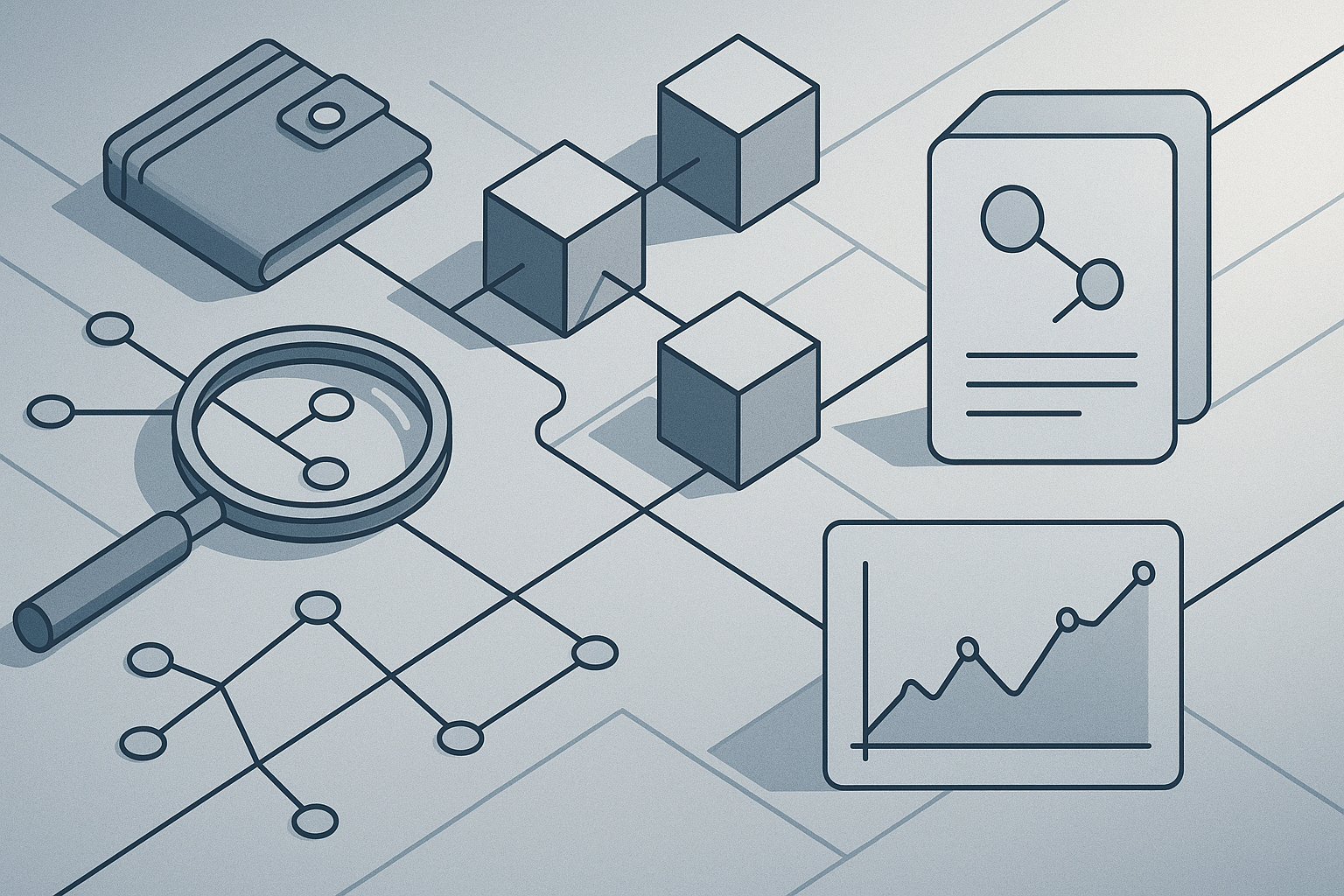Forknet has moved its mainnet live, marking a new deployment of an L2 intended to support higher transaction throughput and tighter liquidity for decentralized finance. Business Insider Markets reported the launch; this article reviews the technical aims, likely effects on DeFi markets, and the monitoring priorities for traders, custodians, and engineers.
Become a Doc: Profile Ethereum wallets and discover their behavior.
Use WalletAutopsy.
What the mainnet release announces
The public launch positions Forknet mainnet as an additional layer-2 environment built to accept smart contracts and user activity off Ethereum's base layer. The project presents itself as a place where throughput rises and transaction costs fall, which typically matters to decentralized exchanges and automated market makers. Reportage on the launch indicates the network is now accepting live traffic, and observers should treat the event as the start of operational testing at scale rather than the end of development.
Technical aims and compatibility
The team behind the deployment emphasizes compatibility with the existing developer toolset so applications can move with minimal changes. That includes support for standard execution paradigms and common developer interfaces, identified as a priority to reduce friction when teams migrate contracts or integrate front ends. The release notes framed compatibility and performance as twin objectives, and users should verify how the network implements finality, block production, and gas accounting before relying on it for production flows.
Liquidity design and market mechanics
Forknet’s public messaging highlights a concentration of liquidity as a central design goal. Concentrated liquidity can reduce slippage for large orders and improve execution costs for traders, but it also tends to alter short-term market dynamics. Market makers and decentralized exchanges that move capital into a new chain change where depth sits, and that reallocation will be visible through trading volumes, price spreads, and reserve balances. Professional traders and liquidity providers should monitor these on-chain indicators carefully.
Bridges, custody, and settlement risks
Any new layer-2 that connects to Ethereum requires bridges or custodial relays to move assets across layers. Bridge mechanics matter because they introduce additional trust assumptions and technical attack surfaces. Auditor reports, multisig arrangements, and the specifics of exit paths determine how assets leave the L2 in stressed conditions. Users and institutions should confirm the bridge architecture and the status of any third-party audits before transferring significant capital.
Security posture and operational controls
Security for a freshly launched network depends on code quality, the maturity of tooling, and the procedures maintained by validators or sequencers. Developers and security teams will watch runtime metrics to detect anomalies in mempools, gas usage, and contract interactions. Observers should look for public attestations about audits and staged rollouts that limit blast radius while core functionality stabilizes. Operational controls and clear upgrade mechanisms are essential elements to evaluate.
What builders, traders, and custodians should monitor
Those engaging with the network must keep an eye on a compact set of indicators. Watch for transaction finality times, fee variability, and liquidity across primary venues. Wallet integrations matter for both user experience and security; custodians and retail interfaces need to confirm support and recovery procedures. Use crypto analytics platforms to observe flows into and out of pools, and verify wallet support before routing user funds to the new chain.
Implications for crypto wallets and user experience
Wallet providers will decide how quickly to add native support, and their choices will influence adoption. Native integration reduces friction when users sign transactions or manage assets, while delayed or partial support can slow liquidity migration. Wallets that display pending transactions, bridge status, and network health give users more context when they move funds across layers. Developers and wallet vendors should share clear guidance on recovery phrases and contract approvals to limit accidental exposure.
Data, monitoring, and analytics needs
Real-time visibility becomes more important as liquidity concentrates on a new chain. Observers should set up dashboards that track fees, volume, and token reserve changes in pools. Crypto analytics firms and in-house teams will likely prioritize specialized parsers for the new rollup’s transaction formats and events so they can surface abnormal patterns quickly. Effective monitoring reduces reaction time and supports risk managers when flows move at scale.
Broader market effects and competition
The mainnet launch introduces another venue where DeFi activity can aggregate, with consequences for routing, arbitrage, and capital efficiency. Market participants will compare execution quality, fees, and liquidity depth against existing venues. Some capital may shift to Forknet for brief periods during promotional incentives or airdrops, and permanent migration will depend on sustained liquidity and developer support. Observers should track where order flow comes from and whether it adds to overall market depth or merely moves it between chains.
How to approach participation
Practical steps for those interested in interacting with the network include limiting initial exposure, verifying bridge mechanics, and waiting for independent audits to be published. Professional traders can run small test flows to confirm expected slippage and fee dynamics. Institutions should require engineering validation and legal review of custody and settlement procedures. Risk teams should update playbooks to account for different failure modes that are specific to layer-2 environments.
Conclusion
The Forknet mainnet launch expands the set of execution environments available to DeFi users and developers. Market participants will evaluate throughput gains, liquidity concentration, and operational risk as activity grows. Business Insider Markets reported the live launch; readers should follow public audits, bridge disclosures, and real-time on-chain indicators to form a clear view of where the network stands in the coming weeks.
